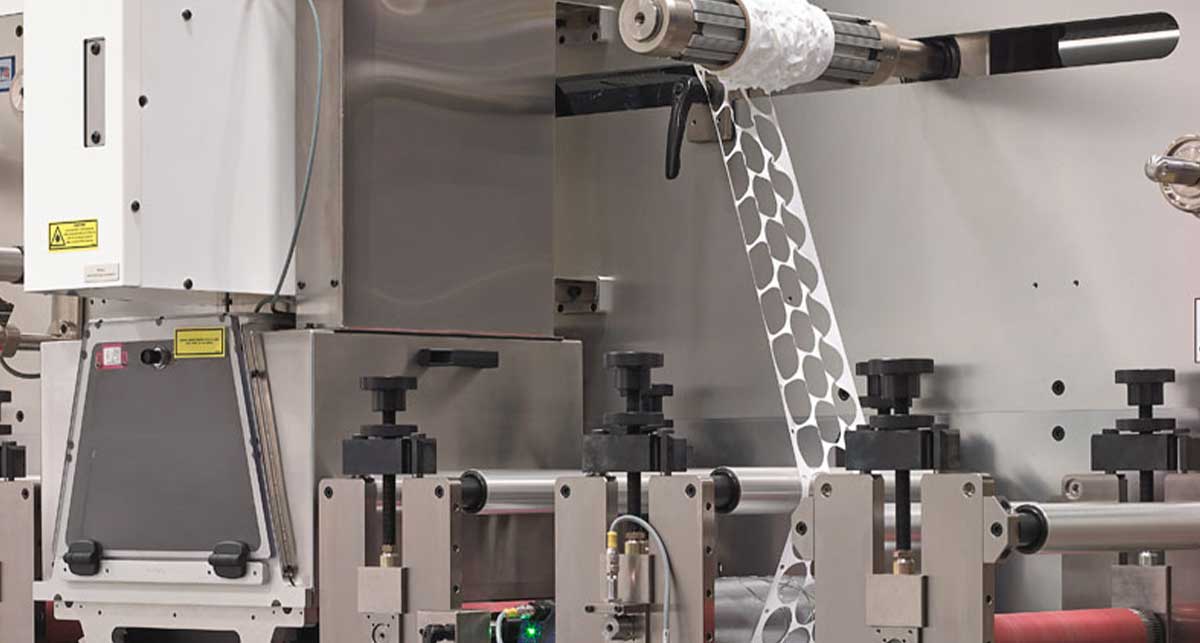What if I asked you to cut a perfect star out of bubble gum?
Unlikely? Sure, I’ve got better things to do with my time— but the mental picture of thick, bending edges gives you a better idea of what we’ll be discussing in this article: tight tolerances on thicker flexible materials.
Strouse has spent over thirty-seven years die cutting foam and rubber into custom products.
Today, we’ll help you understand why precise measurements and tight die cut tolerances are challenging to achieve in specific materials and how they affect your final product.
What is Cutting Compression?
Think back to the bubble gum example: certain materials fold when you cut them, leaving oddly shaped, concave edges.
- Cutting compression occurs when a blade essentially squishes a material, leaving a strange curvature behind.
MATERIALS AFFECTED BY CUTTING COMPRESSION
Thick and soft materials like low-density foams and low-durometer rubbers are most at risk of cutting compression. The thinner and stiffer your material, the easier it is to avoid this issue.
Cutting compression will affect any flexible materials thicker than 1/8th-1/16th of an inch to some extent.
Why Are Tight Tolerances Difficult to Achieve in Die Cut Foam and Rubber?
Cutting compression makes it more difficult for converters to acquire tight die cut tolerances, especially in rotary processes.
Rotary die cutting can result in angled edge cuts due to the blade entering and leaving the material at different times. Within the split second that the material is moving by, the blade from your die cut tool is passing through the body of the material at an angle.
Material compression can result in a slanted or concave cut edge.
“Rubber, foam, EVA, polyethylene… if the material compresses, there will be deformation, it’s just what kind of deformation are you willing to accept?” — Tyler Gross, Product Development Engineering Manager at Strouse
While some materials are prone to cutting compression, flexible material converters can help plan the production method to match your desired result.
How Can Engineers Help You Avoid Tolerance Issues?
Converting engineers may recommend material substitutions, tolerance adjustments, or changing your process to avoid issues.
FLAT BED DIE CUTTING
- Reduced chance of edge deformities
Flat bed die cutting reduces the chance of deformities in thick materials. During a flat bed process, the moving material stops, cuts, and releases, as opposed to rotary die cutting, in which the material and the tool move continuously. Both may lead to concaved cuts, which will be more obvious on thicker foams, but flat bed die cutting helps prevent edge deformities that could result from cutting at an angle.
- Slower than rotary die cutting
By now, you’re probably thinking, “But wait, if flat bed die cutting can avoid these issues, why would I choose rotary?”
Let’s say that the material being cut can move at 10ft/min with flat bed. Meanwhile, the rotary process might move at 75ft/min, making it far more time-efficient than flat bed die cutting. For these reasons, if you’re working with a material prone to cutting compression issues, your flexible material converter may or may not recommend using flat bed die cutting.
LASER DIE CUTTING
- Potential burnt edges
Laser die cutting is used for tight tolerance applications, but unfortunately, it can singe the edges of your material.
Strouse can scale up the laser, consider the kerf, and make other adjustments to achieve tight tolerances. However, whether you use laser cutting methods may depend on the required condition of your edges.
- High precision
We can use sample lasers or lasers on a press to cut the internal features of a part for precision and use rotary die cutting on the outside.
- Slower than rotary cutting
Similarly to flat bed die cutting, laser die cutting can be a slower process which will increase your cost. However, multiple factors can increase the final cost, so a converter must carefully evaluate your design to find the most efficient result.
Now that you know the potential issues of cutting tight die cut tolerances into certain materials, where do you go from here?
Based on our experiences, the sooner you contact a converter, the easier it is to plan your product design, material selection, and application process.
Consider reaching out today for a project consultation to discuss your product manufacturing process. You can also find additional information about rubber or foam die cutting in our Buyer’s Guide to Die Cut Parts.
%20(1)-min.png?width=290&name=Untitled%20(52)%20(1)-min.png)






